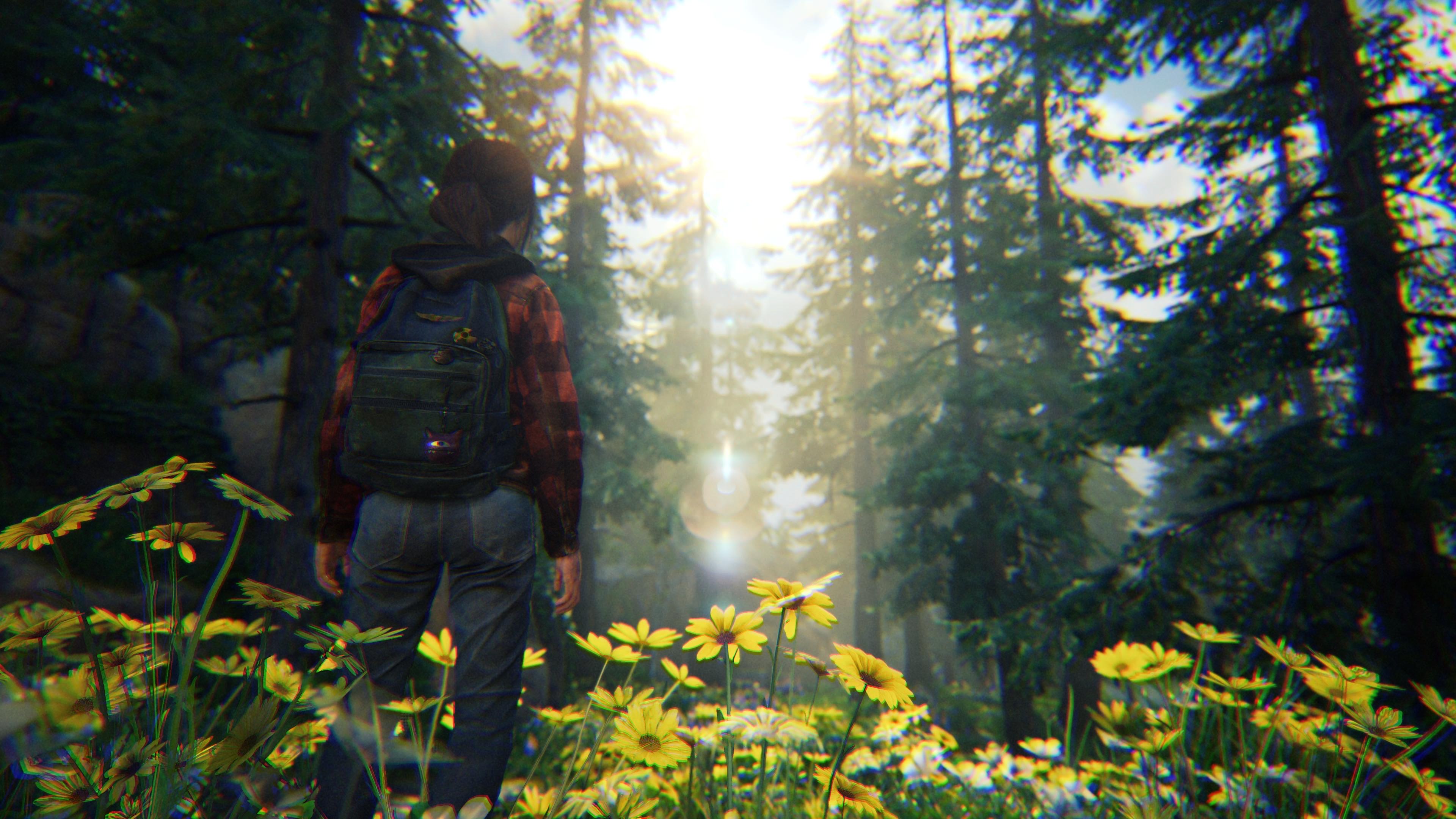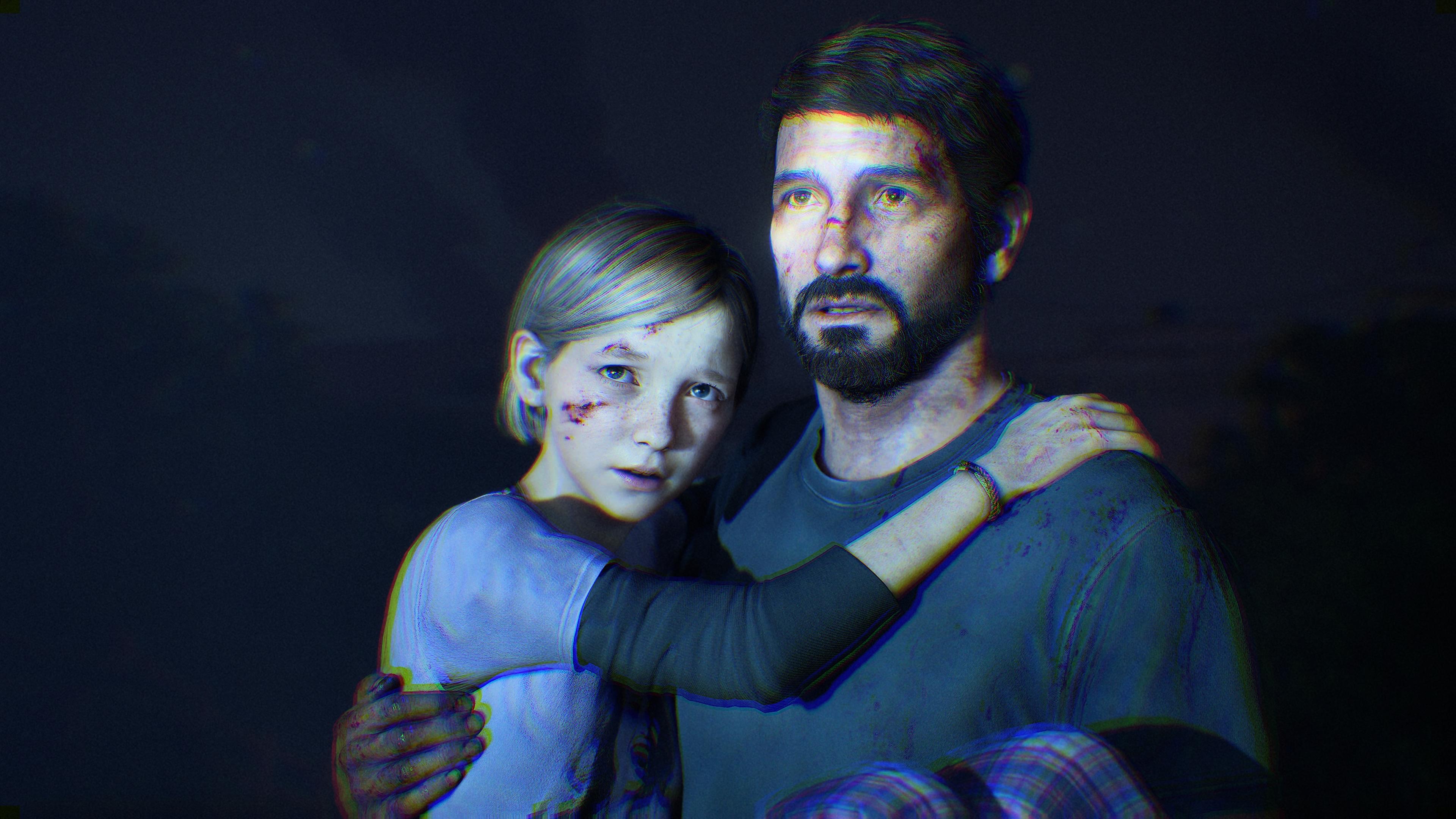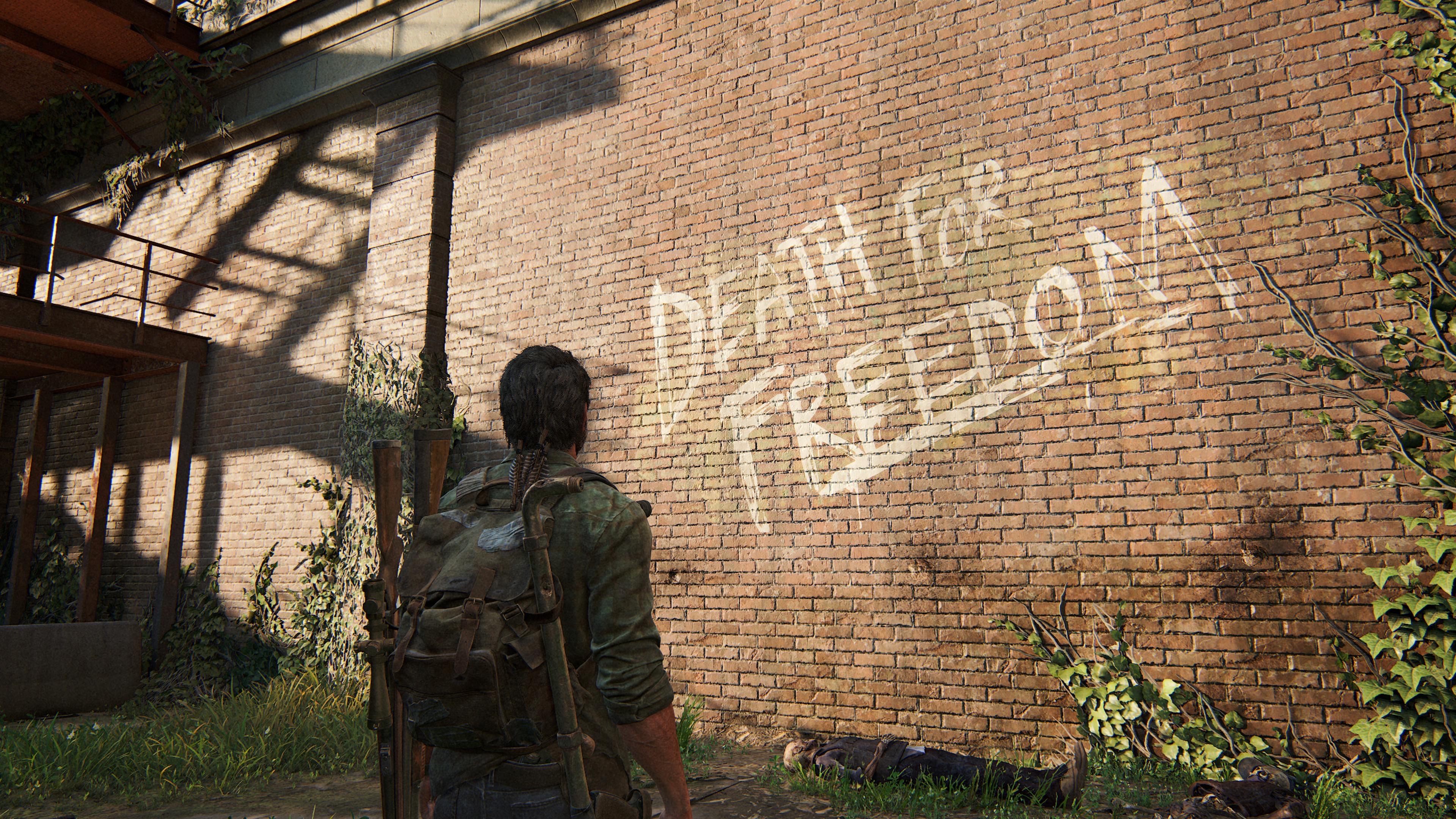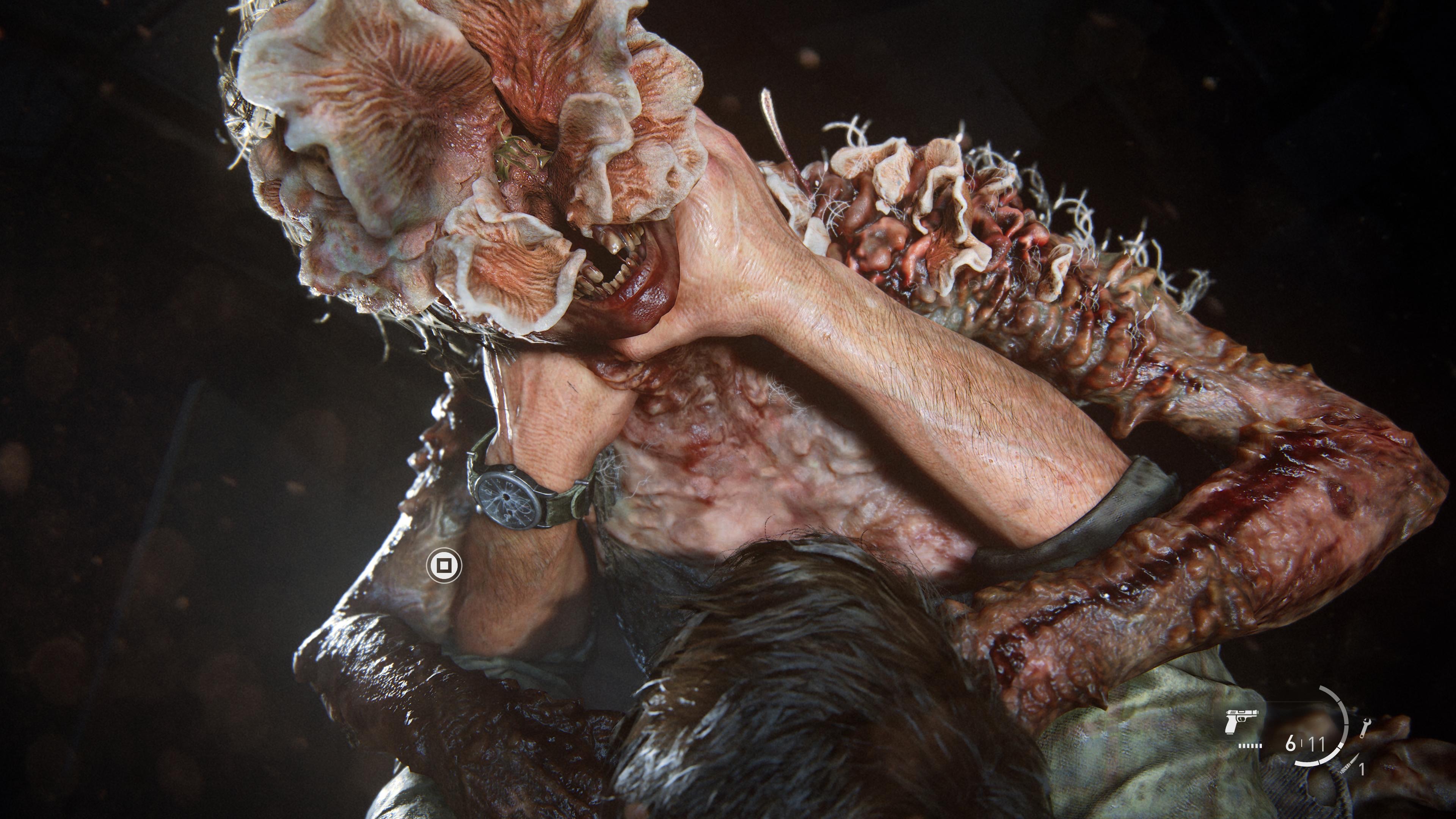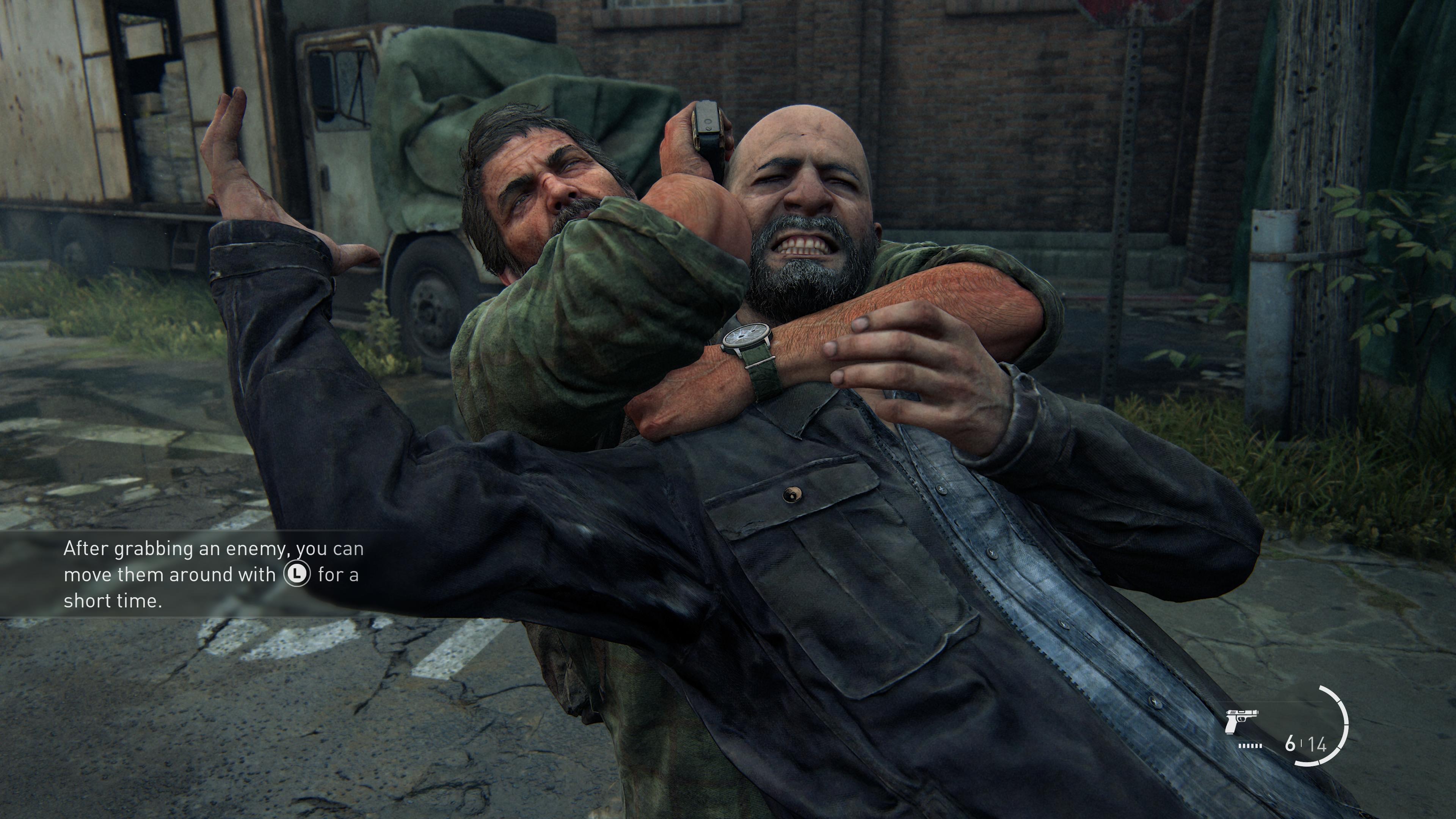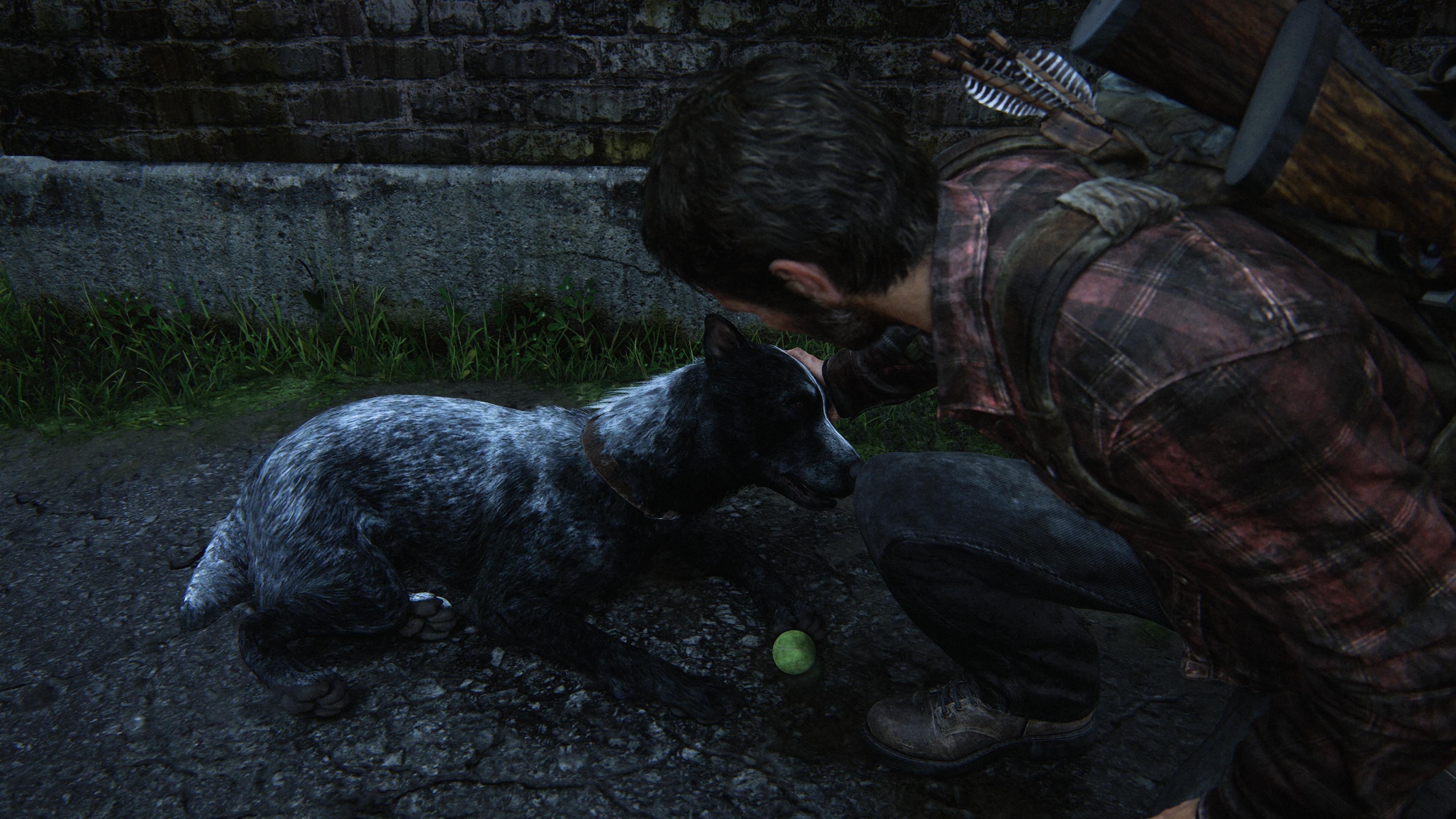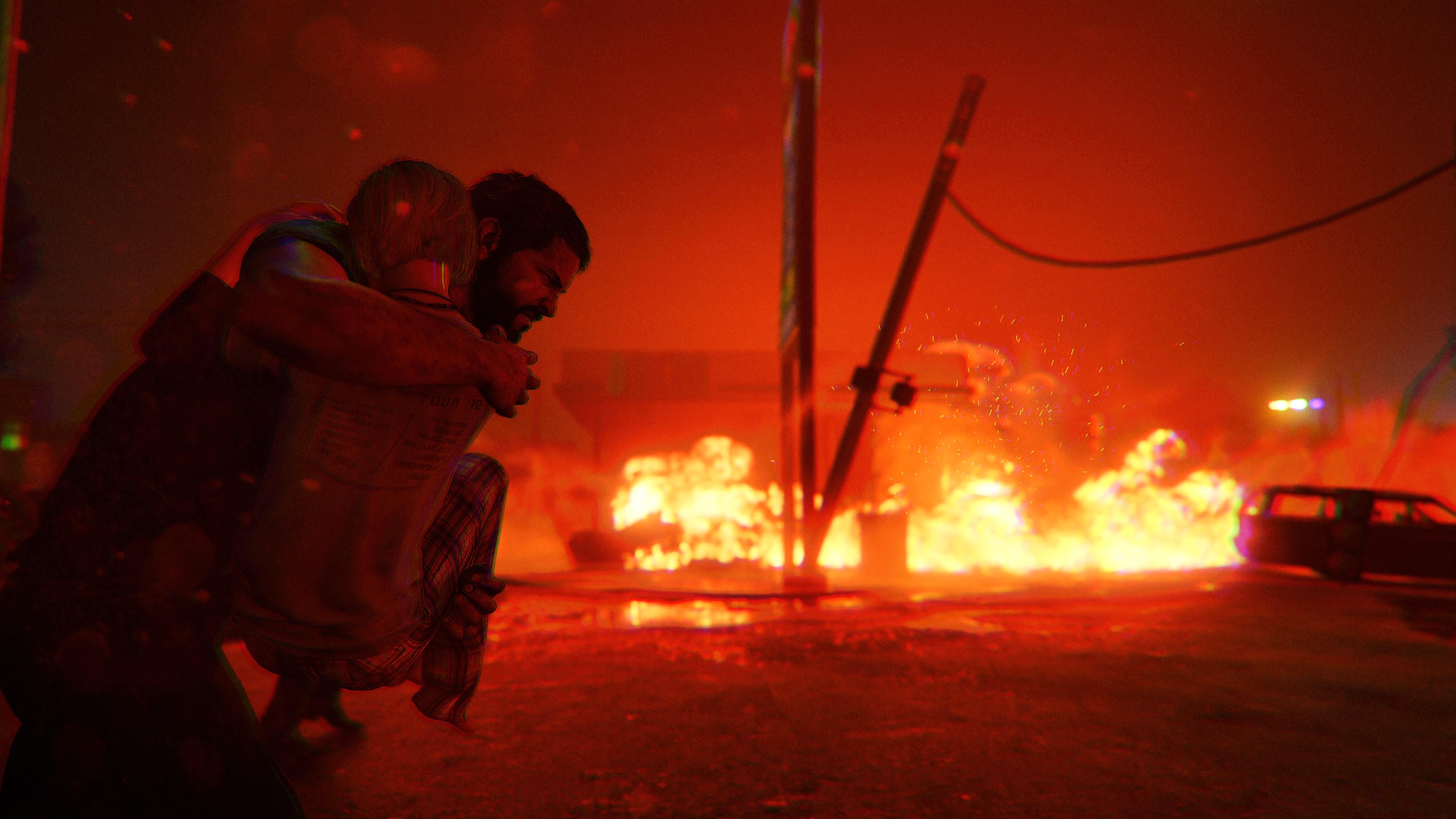Laptop Mag Verdict
The Last of Us Part 1 breathes new life into one of the best story-driven games of all time. Yes, it’s expensive, but it’s worth it to see this ground-up remake and feel those emotional gut punches all over again.
Pros
- +
Riveting storyline
- +
Powerful, impactful PS5 upgrades
- +
A feast for the eyes and ears
- +
Incredible accessibility options
Cons
- -
Expensive at $70
- -
It will make you cry
Why you can trust Laptop Mag
The Last of Us Part I received a polarized critical reception since its announcement. Whether you’re thinking this is the second coming of Jesus, or you’ve been trashing this game on Twitter as a full-price remaster, you’re both wrong.
This ground-up remake is a lot more than the sum of its parts and breathes new life into a landmark game that left an indelible mark on the gaming industry.
But there’s no way around it: charging $70 for the third version of the same game is a steep asking price. So the obvious question is do the updates here make it worthwhile? As you can guess from the score, the answer is a resounding yes, but allow me to elaborate.
FYI: All of the screenshots taken in this review are either direct gameplay captures from the fidelity mode or created using the game's complex (and impressive) photo mode.
You can’t escape your past
The Last of Us Part 1 gives me a chance to wax lyrical about the story, because as you saw from the intro, I don’t talk about it lightly. This is one of the most beautiful and harrowing tales ever told in video games.
Without entering spoiler territory for those who are entering this game fresh, you play as Joel and you’re tasked with taking a teenager named Ellie across America to a rebel group called the Fireflies. Simple.
The hit to your heart and soul comes in while watching this relationship develop between the two — from the cold distance of a rough smuggler taking a product across the country, to the spiritual father-and-daughter bond they form in the face of harrowing trauma.
Sign up to receive The Snapshot, a free special dispatch from Laptop Mag, in your inbox.
But as I entered this world for a fifth time (yes, I’m quite a fan), I paid closer attention to the scenery, which is dripping with lore that tells numerous short stories in the form of notes you can pick up that add heartbreaking detail to what you see around you. Nothing will prepare you for these moments. Particular shout-out to the sewer section of the game, but I’ll leave that for you to discover.
This simplicity gives all these moments plenty of room to ruminate in your mind, and yes, even I, a hardened veteran of the hard-hitting story, cried once again at these sections. It’s that powerful.
You see, Part II faltered by trying to do too many things. Those narrative threads were emotional gold, but trying to lace them all together into one bloated storyline made some characters feel forgettable and took the strength of the gut punch out of the big moments. But Part I is simpler, and because of it, more heartfelt across all of its smaller details.
And while these beautiful subtleties were utterly trailblazing since its original 2013 release, they are so much better realized now with the huge amount of work Naughty Dog has done to rebuild this game.

Make every shot count
Speaking of rebuilding the game, the team moved to The Last of Us Part II’s engine, which improved the original game in every way, delivering unbelievably high production values.
Let’s start with the visuals. Here, you have two choices:
- Fidelity mode: Full 4K resolution with a target 40FPS
- Performance mode: A dynamic 4K or 1440p resolution with a target 60FPS
You can also unlock the frame rate, which in real world use meant that I hit a buttery smooth 120FPS on my HDMI 2.1-armed ElectriQ eiQ-32M4K144FS gaming monitor. Of course, this does leave you open to greater variation in frame rates based on what’s happening on-screen, but lock the rate and you’ll get a rock solid refresh rate with no deviations — a masterclass in game optimization.
This new engine brings everything to life on-screen. The natural world reclaimed urban sprawls in the 20 years since outbreak day and the results on PS5 make this fascinating clash more luscious and alive than ever. Light filters through the trees and dances across the surfaces of cars, buildings and the ground, all in ways that mimic reality.
The original release in 2013 was rudimentary in lighting and textures, leaving the game feeling very gray with a far lighter contrast, but the remastered Part I delivers a ton of HDR depth and expression through reactive light sources.
This extends into the maps themselves, as well. The 2013 classic was hindered by limited storage space and processing speeds, making it dependent on repeating rooms. In the new version, however, each room is fully unique. These enhancements are most noticeable in the museum, where the many generic offices have been replaced with restoration rooms and a study.
But the biggest change is in its character models. The detail and fidelity of each model drastically improved (and the ways they can die are more horrifyingly gruesome), but the most significant update is in the emotion they can show. There’s a lot of subtle story beats that the basic models from 2013 couldn’t capture, but with a fresh coat of PS5 paint, you connect with all the characters you meet in a whole new way.
Animation improvements and the increased detail in expressions mean you feel every tiny gesture right in your soul and it makes the superb acting performances from the likes of Troy Baker and Ashley Johnson all the more impactful.
Great visuals need to be paired with great audio, and beyond the incredible soundtrack by Gustavo Santaolalla that carries over from the original game, the Tempest Engine-driven spatial audio brings the world to life around you with immersive sound effects that can transform your emotions like the flip of a coin.
Sudden fear builds on outbreak day as you hear distant gunfire all around you, cries of panic in the streets, and the scrapes and wails of the infected close in around you. Anxiety builds with the iconic Clicker noise and shuffling of a body that has seemingly forgotten how to move in a normal fashion.
And the breaks in the action feel almost too tranquil, as leaves rustle in the trees and the faint sounds of wildlife graces your ears with a white noise that could easily help you go to sleep. This remake turns an emotionally charged story into a visceral, unforgettable experience.
A million ways we can die before tomorrow
Of course, how it looks and sounds is half of the puzzle. We need to look at how it plays, and while Joel doesn’t get all of the different movement options that Ellie got in Part II (like controls to go prone or dodge), traversal and combat scenarios feel amazing here.
It all starts with the DualSense controller, which brings new haptic immersion to emulate sensations and further draw you into this lived-in world, such as tiny taps from rain drops or harsher vibrations from windier conditions. The adaptive triggers also behave differently with every weapon you use, such as increasing the tension of pulling a bow string, or the satisfying clunk of firing off a shotgun blast.
The shining jewel in the gameplay’s crown is its AI engine for combat situations. No longer do enemies follow a preset path, they have a far more dynamic behavior around you — investigative and curious of their surroundings, working together and communicating more efficiently, and switching plans on the fly to outflank you.
No situation will ever play out the same way, thanks to this evolution in enemy AI using the development tools from Part II. In fact, Naughty Dog’s so confident in its replayability that, once you complete it, you’ve got the chance to go back and play through specific scenarios, carry all your items over into a New Game + playthrough, or even try your luck at a Permadeath mode.
And the team is right to be confident. You’ll find it very hard to put your controller down once you start playing.
It can’t be for nothing
As you’ve seen and heard from all of the promotional materials leading up to the launch of The Last of Us Part I, accessibility received a massive overhaul. In fact, it shares a lot of the same award-winning features as Part II, while adding a few more.
I won’t dive into the huge list of visual and motor accessibility options available to you, but to name a few, there are traversal audio cues, cinematic descriptions, and colorblind modes; the latter helped me significantly. There’s also a high-contrast mode and the option to switch out button-mashing sections with a simple button hold.
There are two accessibility settings that I will spotlight here that will vastly improve players' experience — even those who do not need any accessibility assistance.
First, you’re going to want to turn on “Auto pick-up.” This is something that makes the whole rigmarole of picking up all the supplies you find across levels a cinch and stops your hand from cramping up after relentlessly pressing the triangle button.
Second is a feature that plays cinematic dialogue through the DualSense controller as haptic feedback, which varies to give a sense of how each line has been delivered. This is a game changer in giving deaf people the chance to really feel the scene playing out and connect with how much (or how little) emphasis a character is giving in dialogue. But also, for people who can hear, it’s a fantastic little innovation that adds a new dimension to cinematic storytelling.
Put simply, Naughty Dog is leaps and bounds ahead of its competition in terms of accessibility settings, which unlocks Part I to a whole new audience.
Bottom line
One of Joel’s most memorable lines from The Last of Us Part II came to mind while I played this: "If somehow the lord gave me a second chance at that moment, I would do it all over again."
In terms of playing the first iteration, this is actually the third chance, but you get the point. The obvious is true: this is the best way to play the first Last of Us. But the not-so obvious is also true: this remake reinvigorates the incredible formula of this single-player adventure and helps you appreciate this masterpiece even more.
That full-price cost will sting, but for the jaw-dropping quality and attention to detail that brings this gripping adventure to life like never before, it’s easily forgiven.

Jason brought a decade of tech and gaming journalism experience to his role as a writer at Laptop Mag, and he is now the Managing Editor of Computing at Tom's Guide. He takes a particular interest in writing articles and creating videos about laptops, headphones and games. He has previously written for Kotaku, Stuff and BBC Science Focus. In his spare time, you'll find Jason looking for good dogs to pet or thinking about eating pizza if he isn't already.

